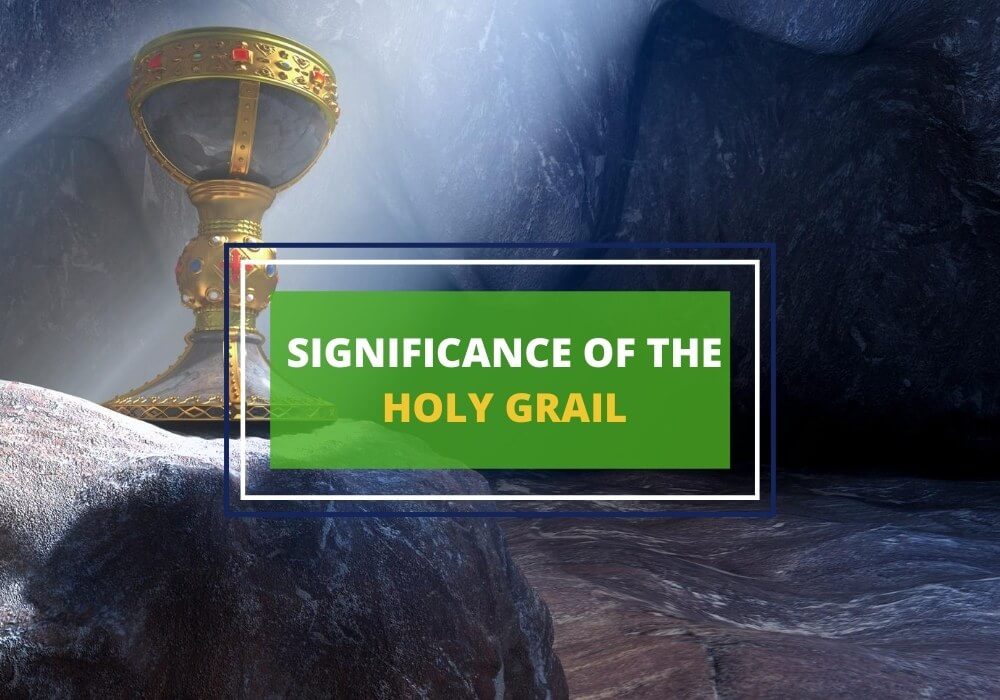
Table of Contents
The Holy Grail is more than just a legendary chalice; it’s a symbol rich in religious and mythic stories that has fascinated everyone from historians to thrill-seekers. Tracing its roots from biblical times to its role as a symbol in the search for divine truth, the Holy Grail stands at the crossroads of faith, history, and myth.
Let’s explore the story of this enigmatic symbol and why it continues to intrigue us.
What is the Holy Grail?

Picture the Holy Grail as a cup or chalice, famous for its role in the Last Supper where Jesus served wine. This gives it a big deal of religious importance, especially in Christian circles. But it’s not just a biblical thing – it also stars in medieval stories, like the Arthurian legends, where it’s this magical, powerful object that the Knights of the Round Table are crazy about finding.
What’s really cool about the Grail is that it’s more than a religious symbol; it’s like the ultimate goal that everyone’s chasing but can never quite get. People have taken it to mean all sorts of things, from a sign of spiritual awakening to an actual, real-life treasure that adventurers and historians are dying to find.
This mystery around it has made it super popular in art and books. It keeps people talking and guessing whether you see it as a religious icon, a piece of history, or a mythical object. Basically, the Holy Grail is this epic symbol of our never-ending search for meaning and the big truths in life.
What Does the Word Grail Mean?
The word “grail” comes from a mix of old languages. It might have started with the Latin “gradale,” meaning a big dish or platter for serving food and drinks. Or, it could come from the French “graal” or “greal,” which are words for a cup or bowl made of stuff like clay, wood, or metal. Similar meanings pop up in Old Provençal’s “grazal” and Old Catalan’s “gresal.”
Now, the term “Holy Grail” got popular in the 15th century, thanks to the writer John Harding. He used “san-graal” or “san-gréal,” playing with French words to mean “sang real” or “Royal Blood.” This was a smart way to tie the Grail to the Bible, suggesting it’s the cup that held Jesus’ blood at the Last Supper. So, “grail” went from meaning a simple serving dish to a symbol with deep religious and historical importance.
What Does the Holy Grail Symbolize?
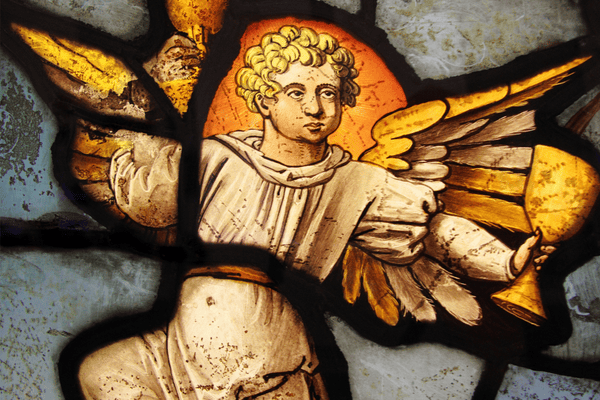
The Holy Grail is more than just a chalice; it’s packed with symbolism across religious, historical, and cultural stories. In Christianity, it’s tied to the Last Supper and Jesus’ blood, symbolizing a direct connection to the divine and themes like sacrifice and eternal life.
But it’s not just a religious icon. In stories like the Arthurian legends, the Grail is the ultimate goal, symbolizing not just a physical quest but also a spiritual journey towards things like purity and enlightenment. It’s about reaching for something bigger than ourselves, something that seems out of reach but we keep chasing.
The Grail also stands for our deepest longings, like the quest for knowledge, perfection, or a deep sense of meaning. In a wider sense, it represents our elusive quests, whether it’s for happiness, truth, or a higher understanding of life.
This makes the Grail a symbol of our never-ending journey to find something truly deep, sacred, and life-changing. Its appeal is universal – it’s about our constant search for something profound and transformative.
Are There Variations of the Holy Grail?
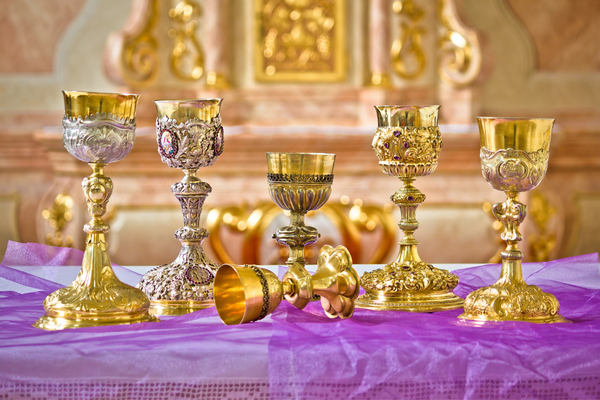
The Holy Grail has changed its look and meaning over time, adapting to different cultures and stories. In Christianity, it’s usually seen as the cup Jesus used at the Last Supper, symbolizing sacrifice and redemption. In medieval Arthurian tales, it turns into a sign of purity and a goal for knights like Percival and Galahad in their spiritual journeys.
Around the world, the Grail means different things. Some Eastern traditions view it not as a real object, but more as a symbol of spiritual awakening and inner peace. Celtic stories often mix the Grail with their own myths, giving it magical powers and linking it to the wellbeing of the land.
In literature and art, the Grail’s image changes a lot too. It’s a stone in Wolfram von Eschenbach’s “Parzival,” while Dante sees it as a sign of divine grace. These days, people often talk about the Grail as a metaphor for personal success or the biggest thing they’re chasing in life. This shows how flexible and lasting the Grail’s image is across different cultures and times.
The Actual History of the Holy Grail
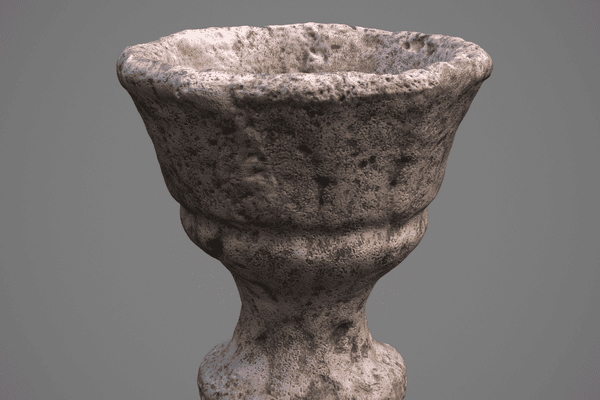
The Holy Grail first popped up in medieval stories, blending Arthurian and Christian tales. Chrétien de Troyes kicked it off around 1190 with “Perceval, le Conte du Graal,” where we see King Arthur’s knights chasing after this special grail. This story, with Percival finding the Grail, got tweaked and translated a lot, changing how people saw it.
In the 13th century, Wolfram von Eschenbach turned the Grail into a stone in his version, “Parzival.” Then Robert de Boron linked it to the Biblical chalice in “Joseph de’Arimathie,” getting theologians interested.
The Grail kept showing up in Arthurian stories like Chrétien de Troyes’ “Perceval, the Story of the Grail,” the “Four Continuations,” the Welsh “Peredur son of Efrawg,” the less-known “Periesvaus,” and “Diu Crône,” where Gawain finds the Grail instead of Percival. The Vulgate Cycle introduced Galahad as a new hero in the Grail story.
Christian stories also dug into the Grail, like Robert de Boron’s “Joseph de’Arimathie” and the “Estoire del Saint Graal.” Medieval troubadours, including Rigaut de Barbexieux, mixed the Holy Grail into Christian myths, linking it with Arthurian stuff.
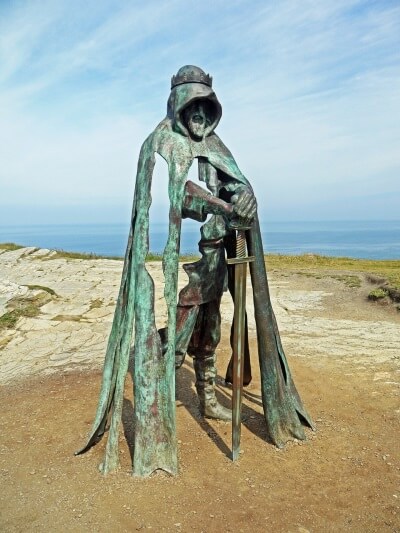
This mix of legend and religion led to different theories, like the Knights Templar maybe having the Grail or the Fisher King story in Arthurian myths. Christians don’t all agree on the Grail; some think it’s a real, lost artifact, while others see it as just a story.
Nowadays, people are still hunting for the Grail. For example, a cup found in 2014 in León, Spain, dated back to around 200 B.C. to 100 A.D., sparked some buzz, but there’s no solid proof it’s the real Holy Grail. There are over 200 items claimed to be the Holy Grail around the world, but none have been proven to be Christ’s actual chalice.
Holy Grail in Pop-Culture
The Holy Grail has really made a name for itself in pop culture, going beyond its religious and historical roots. You see it a lot in movies, books, TV shows, and video games, where it’s usually this ultimate thing everyone’s after.
Take “Indiana Jones and the Last Crusade,” for instance, where it’s this cool biblical artifact with the power to heal. Then there’s Monty Python’s “Holy Grail,” which pokes fun at the whole Grail quest idea.
In books, the Grail pops up in all sorts of stories, from historical fiction to fantasy. Dan Brown even put a twist on it in “The Da Vinci Code,” linking it to conspiracy theories and secret societies. Video games haven’t missed out either; the Grail often shows up as a trophy or a source of power.
Its role in so many different kinds of stories shows how versatile it is as a symbol and how it grabs people’s attention with the idea of chasing something big and mysterious.
The Holy Grail as a Metaphor

The Holy Grail is more than just a cup; it’s a powerful symbol of our never-ending search for things that seem just out of reach, like the divine or the ultimate achievement. Over time, it’s become a metaphor for our deepest hopes and dreams.
The Grail isn’t just about religious or mythical stories; it stands for the big goals we chase after – like enlightenment, perfection, and a better understanding of life and the universe.
This idea of the Grail as a metaphor clicks with people from different cultures and beliefs. It represents personal growth, spiritual awakening, and wrapping up life’s big journey. It’s all about the challenges and quests we all face, our drive to reach for something bigger and deeper.
The Grail basically shows us our own desire for meaning, truth, and connecting with something beyond our everyday lives.
Wrapping Up
The Holy Grail will likely be the subject of even more literary works in the future and its legends and myths will continue evolving into new and fascinating ideas. Whether we ever find out about the real Holy Grail remains to be seen, but till then, it continues to be a highly symbolic concept.








